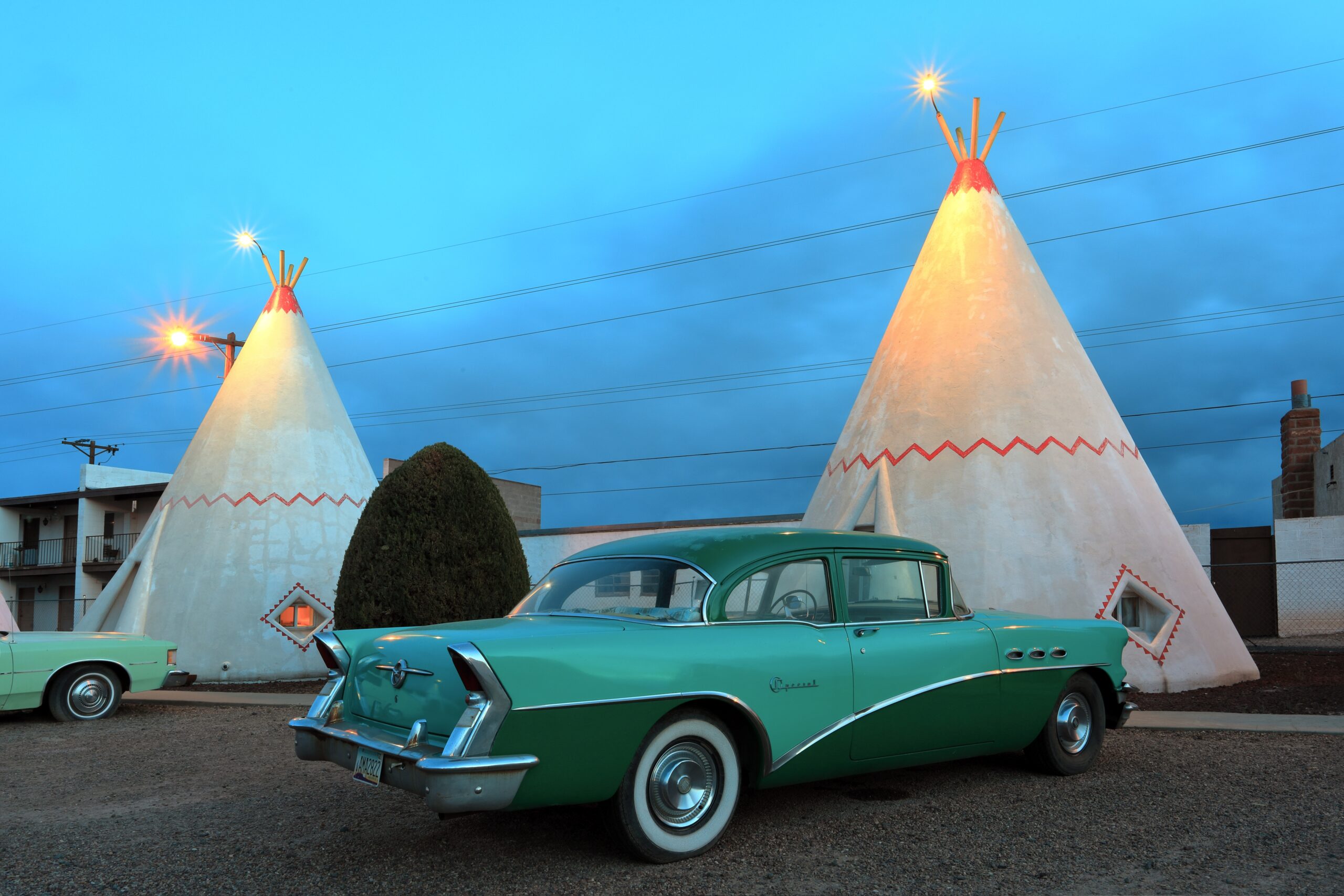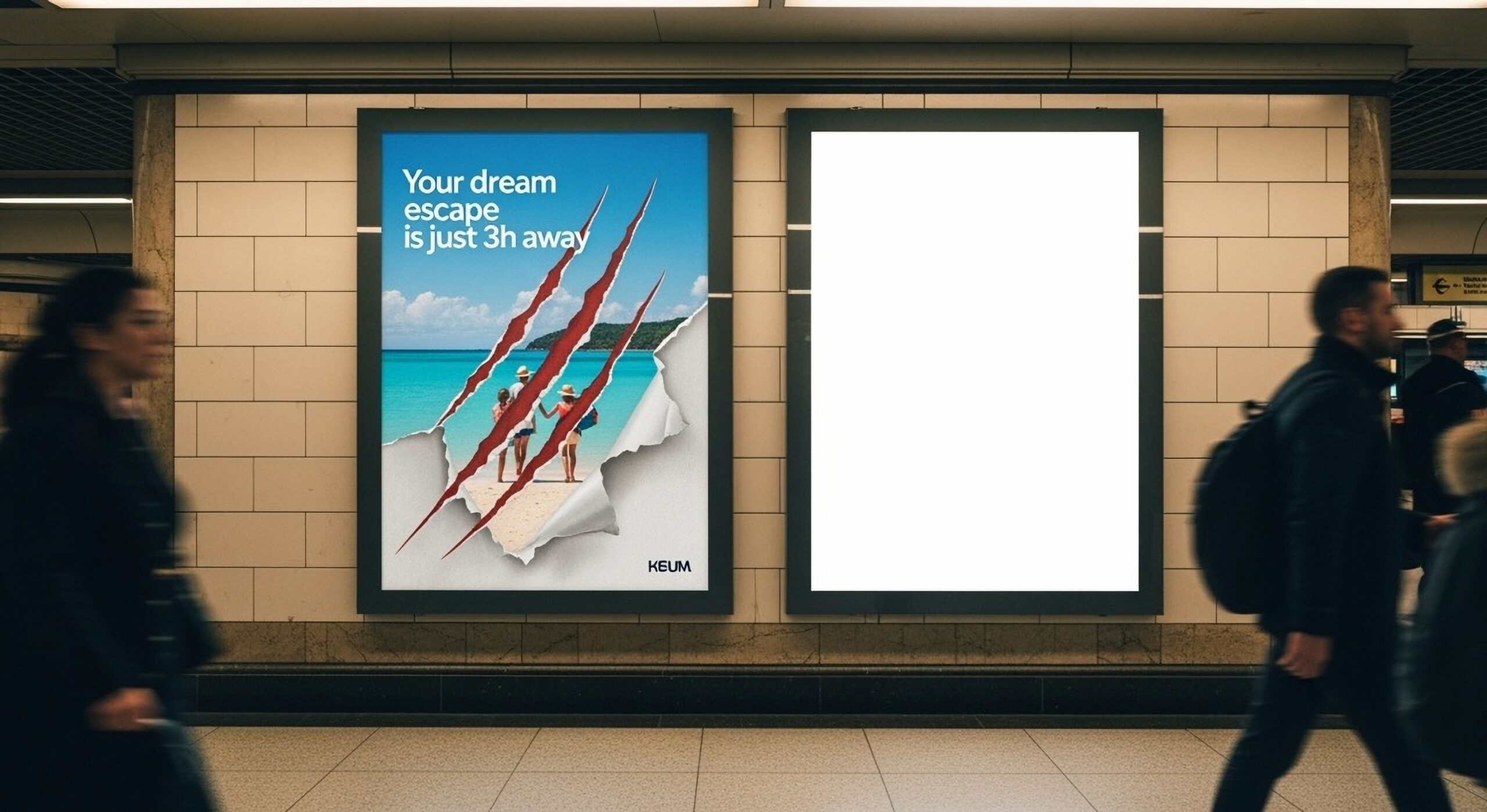As Americans transition into Fall, while financial sentiment has softened, travel planning continues—albeit with heightened considerations and a sharper eye on value. Indeed, the rise of “anti-luxury” travel marks a shift amongst some segments—particularly Gen Z—towards more intentional, meaning-driven travel and a pivotal opportunity for travel brands to evolve how they connect with emerging audiences.
Financial Outlook: Steady, But Uneven Confidence
Financial sentiment remains steady, with 34.8% of travelers saying their household is better off than a year ago—an improvement from both last month and this time last year. But looking ahead, financial optimism is softening: only 45.7% expect their situation to improve over the next 12 months, a slight decline from September and a -2.2 point drop year-over-year. This downward trend spans most generations—except Gen Z. Nearly two-thirds of Gen Z travelers (63.3%) expect to be better off financially a year from now (+1.1 pts), while Millennials (59.4%), Gen X (45.3%), and Boomers (32.1%) all reported dips in outlook. At the same time, concern about a near-term U.S. recession remains high, with 46.8% expecting one in the next six months—up +9.0 points from a year ago. Cost is still a major barrier, especially for younger cohorts, with the top reported travel deterrents being travel is too expensive and gas prices.
Even so, Americans are still making room for travel. More than one-in-three (34.4%) say now is a good time to spend on leisure travel—holding steady year-over-year. Encouragingly, 59.4% say they’ll prioritize leisure travel in their budgets over the next three months, up nearly three points from September. With the fall travel window now seen as a new peak season—not just a shoulder—this cautious optimism could translate into a solid Q4 for the industry.
Recent Travel Volume: Solid, but Slightly Softened
Despite cost concerns, leisure travel volume held relatively steady in September, though with a few modest dips compared to August. Just under half of American travelers (49.6%) reported taking an overnight leisure trip in the past month—down slightly (-1.2 points) month-over-month, but still up compared to the same time last year (+0.9 points). Trips to visit friends and family declined more noticeably, with 44.9% of travelers taking an overnight trip for that purpose, a -2.1 point drop from August and essentially flat year-over-year. Day trip activity also remained largely stable. 51.7% of travelers took a leisure day trip in September (-0.6 points MoM), while 43.2% made a day trip to visit friends or family—a more notable drop of -3.1 points month-over-month and -3.4 points year-over-year. While these month-over-month changes reflect a typical seasonal cooling after summer’s peak, the year-over-year stability in overall travel volume is a positive indicator as we approach the key Q4 travel season.
The Travel Outlook: Boomers Booking, Gen Z Travel Lagging
Travel intent remains strong heading into 2026, with 92.4% of Americans saying they plan to take at least one leisure trip in the next 12 months. The average number of projected trips sits at 3.8, slightly above the 3.7 reported last month—suggesting stable demand even amid economic uncertainty. But not all generations are traveling equally. Gen X leads the way with an average of 4.0 trips planned, while Boomers and Millennials are close behind at 3.8. At the other end of the spectrum, Gen Z travelers project just 3.3 trips, the lowest of all cohorts—highlighting potential time, budget, or life-stage constraints. While overall travel outlook is healthy, the generational gap in projected trips underscores the need for targeted messaging—especially to motivate younger travelers who may want to travel, but face more barriers (especially perceived costs).
Travel Trend to Watch: Anti-Luxury Rising
A notable travel trend Future Partners dug into this month is the rise of the “anti-luxury,” defined as travel that emphasizes authenticity, meaning, and personal emotional value and pushes back against opulence or exclusivity. This style is resonating, with 43.3% of American travelers finding anti-luxury travel appealing. That number climbs sharply among younger cohorts: 58.8% of Gen Z and 53.0% of Millennials are drawn to this approach, compared to just 27.8% of Boomers. The appeal is also stronger among lower-income travelers—with 51.6% of those earning under $50K expressing interest, compared to 36.9% of those earning $200K or more. But here’s the twist: younger travelers also strongly value upscale experiences. A full 64.7% of Gen Z and 53.5% of Millennials say that upscale elements are important to their leisure travel—versus just 38.0% of Boomers. So perhaps younger travelers aren’t rejecting luxury outright, but rather redefining it in a more expansive, approachable and sustainable way.
Planning, Purpose & Events: What Else is Influencing Travel Decisions Right Now
American travelers are planning relatively ahead, with the average domestic week-long vacation being mapped out 11.2 weeks in advance. When it comes to travel inspiration, digital platforms dominate: streaming services, YouTube, and Instagram are all top sources for sparking destination ideas. High reported rates of redemption of credit card rewards for travel also suggests strong opportunities for loyalty-based marketing.
Across all generations and income groups, wellness is playing a central role in travel decisions: 65.2% say wellness is important in planning, and 43.2% actively seek travel experiences that support their physical, mental, or spiritual health. This is especially pronounced among Millennials and women—underscoring the need for travel brands to integrate well-being into both messaging and offerings. Meanwhile, event-based travel remains a key driver. Half of American travelers (51.3%) say they’re interested in Route 66 Centennial events—especially Millennials, Gen X, urban dwellers, and parents of school-aged children. And looking ahead to 2026, over 20% say they’re interested in traveling for the FIFA World Cup, a group that skews younger, diverse, affluent, and highly influenced by social platforms like YouTube, TikTok, and Instagram.
For the complete set of findings, including data on your audience segments and historic brand performance of your travel brand or destination, subscribe to The State of the American Traveler Insights Explorer tool.
Learn more about the latest trends during our monthly livestream.
To make sure you receive notifications of our latest findings, you can sign up here.
Have a travel-related question idea or topic you would like to suggest we study? Let us know!
We can help you with the insights your tourism strategy needs, from audience analysis to brand health to economic impact. Please check out our full set of market research and consulting services here.



